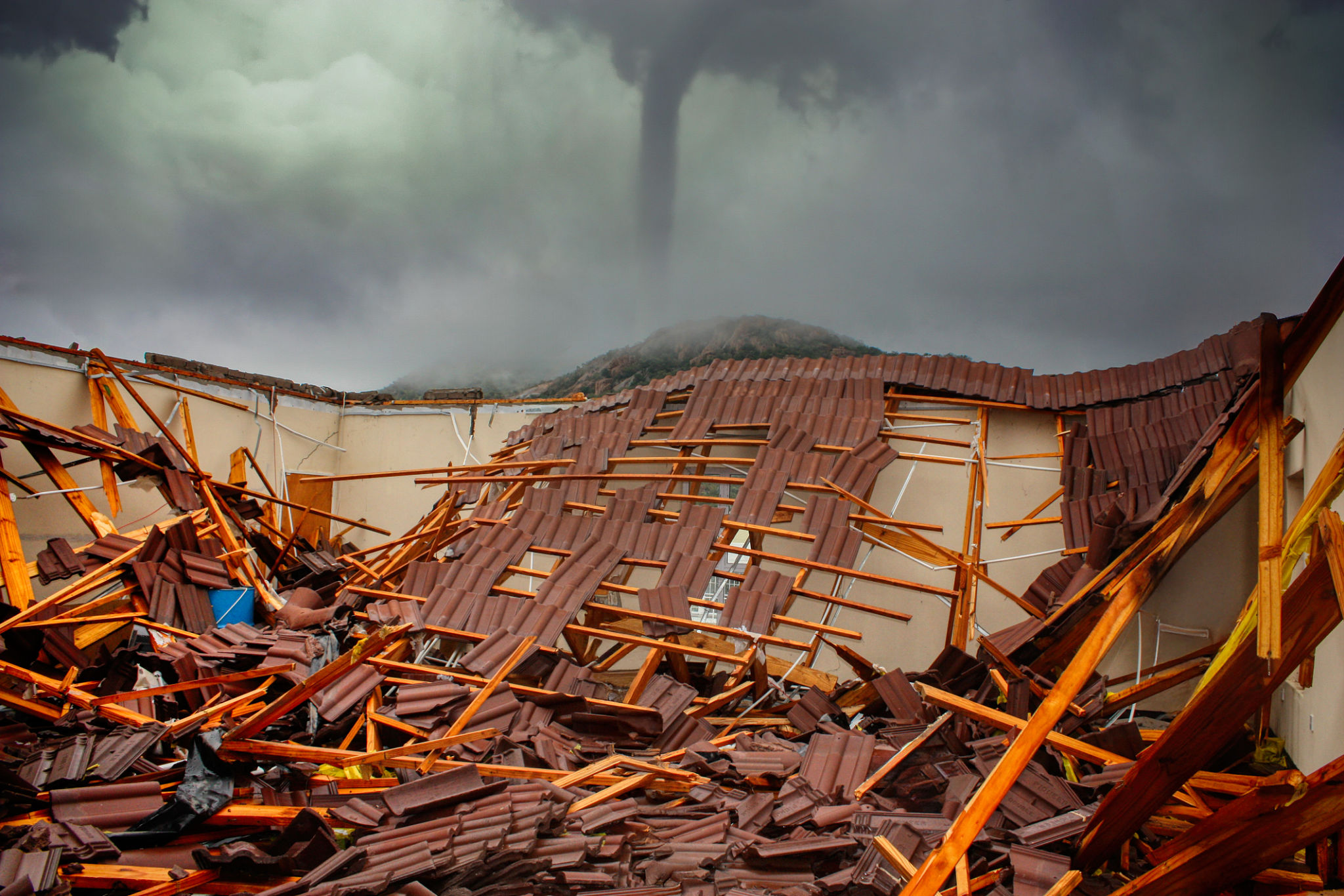The Impact of Texas Weather on Your Home Insurance Rates
Understanding Texas Weather and Its Challenges
Texas is known for its diverse and often extreme weather conditions. From sweltering heat waves and droughts to severe thunderstorms, hail, and tornadoes, the state's weather can be unpredictable. These environmental factors can have a significant impact on home insurance rates, as insurance companies assess the risk of damage to properties in different regions.
Extreme weather conditions lead to more frequent and costly claims. Consequently, homeowners in Texas may face higher insurance premiums compared to those in other states with milder climates. Understanding how these weather patterns affect home insurance rates can help homeowners make informed decisions when selecting policies.

The Role of Hurricanes and Tropical Storms
Hurricanes and tropical storms are a major concern for Texas, particularly for residents along the Gulf Coast. These powerful storms can cause catastrophic damage, including flooding, wind damage, and structural devastation. Insurance companies factor in the probability of such events when determining home insurance rates.
Homeowners in hurricane-prone areas might find that their insurance policies come with higher premiums and deductibles. Additionally, some insurers may require separate windstorm or flood insurance policies, which can further increase the overall cost of insuring a home in these regions.

The Impact of Tornadoes and Hail
Texas is part of Tornado Alley, a region that frequently experiences tornadoes. These violent storms can cause significant damage to homes, ranging from roof and window destruction to complete structural collapse. Insurance companies consider the frequency of tornadoes in an area when setting premium rates.
Hailstorms are another weather-related peril common in Texas. Hail can cause extensive damage to roofs, siding, and vehicles, leading to costly insurance claims. As a result, areas prone to frequent hailstorms may see higher insurance rates to account for the increased risk.

Drought and Its Consequences
While less dramatic than hurricanes or tornadoes, drought is another factor affecting Texas home insurance rates. Prolonged periods of drought can lead to soil subsidence, causing foundation issues for homes. The cost of repairing such damage can be substantial, influencing insurance premiums in drought-prone areas.
Homeowners should be aware of the potential for drought-related damage and consider additional coverage options if their home is at risk. Investing in regular maintenance and inspections can also help mitigate the impact of drought on a property.
Mitigating Weather-Related Risks
Despite the challenges posed by Texas weather, homeowners can take steps to minimize risks and potentially reduce insurance costs. Installing impact-resistant roofing materials, storm shutters, and reinforced garage doors can lessen the impact of severe weather events. Maintaining landscaping to prevent wildfires and ensuring proper drainage can also help protect a home.
Regularly reviewing and updating your insurance policy is crucial. Working with an experienced insurance agent can help homeowners find the best coverage options to suit their needs, while also ensuring they are adequately protected against Texas' unique weather challenges.

The Importance of Comprehensive Coverage
Given the variety of weather-related risks in Texas, having comprehensive home insurance coverage is essential. Standard policies might not cover all types of damage, such as flooding or windstorm damage, so homeowners should consider additional policies to ensure full protection.
Investing in comprehensive coverage can provide peace of mind, knowing that your home is safeguarded against the unpredictable forces of nature. By understanding the impact of Texas weather on insurance rates, homeowners can make informed decisions about their coverage needs and protect their investments effectively.
